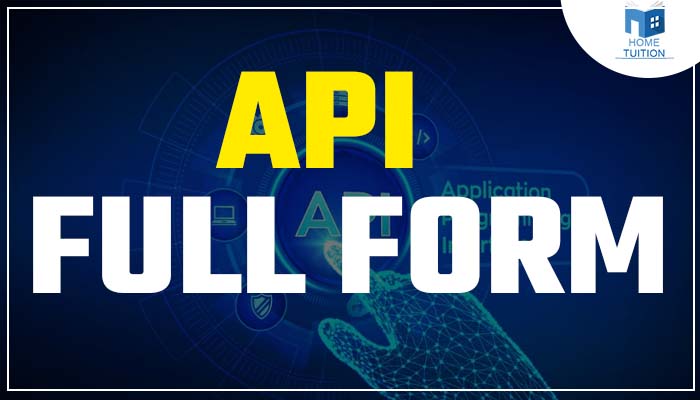Full form of API
The full form of an API is the "Application Program interface. An API collects protocols, routines, and applications for building software. Essentially, an API explicitly says how software elements should communicate. In addition, APIs are used when configuring GUI (Graphical User Interface) components. A powerful API makes it easy to build a system by offering all the basic building blocks. The developer then assembles the blocks.
Types of API
Operating systems, applications, or websites have several different types of APIs. For example, Windows has several collections of APIs that use the hardware and software of the device, meaning that when an individual copies and pastes text from one application to another, it is the API that allows it to function. The main four kinds of APIs are
- These APIs are freely available and accessible to the public and are not restricted.
- These APIs are not publicly available. Therefore, you need additional authorization or permission to use them.
- These are typically used within a company and can only be accessed through internal operations. An organization can use this API form to develop its services and products in various internal units.
- These APIs combine different APIs for data and services. It is a series of tasks that work as a result of the implementation synchronously and not based on the request of the task. The primary purpose of this type of API is to speed up the instruction execution cycle and improve the web application's user experience.
How to create an API?
It takes due diligence and effort to create an API that other developers will want to work with and trust. Below are the five steps required for high-quality API design:
- Plan your API: API specifications like OpenAPI provide a blueprint for your API design. It's better to consider different use cases and ensure that the API conforms to current API development standards.
- Build the API: API designers prototype APIs using boilerplate code. Once the prototype is tested, developers can customize it to internal specifications.
- Test the API: API testing is like software testing, which should be done to avoid errors and defects. API testing tools can be used to test the strength of an API against cyber attacks.
- Document the API: While the APIs are self-explanatory, the API documentation is a guide to improving usability. Well-documented APIs that offer a variety of features and use cases tend to be more prevalent in service-oriented architectures.
- Sell ??APIs: Just like Amazon is an online marketplace for retail, there are API marketplaces for developers to buy and sell other APIs. Listing your API allows you to monetize them.
Benefits of APIs
- APIs are of great use because they can make requests to the device without having to write all the code themselves.
- APIs can be prosecuted to access application data.
- APIs are valuable for device configuration and enhancements.
- These maintain the high speed of the application's functionality.
Limitations of APIs
- As a gateway, it is most susceptible to hacking.
- If it has been hacked, the device's other apps are immediately vulnerable to attack.
- The system may crash when testing the API
- API management is complex.